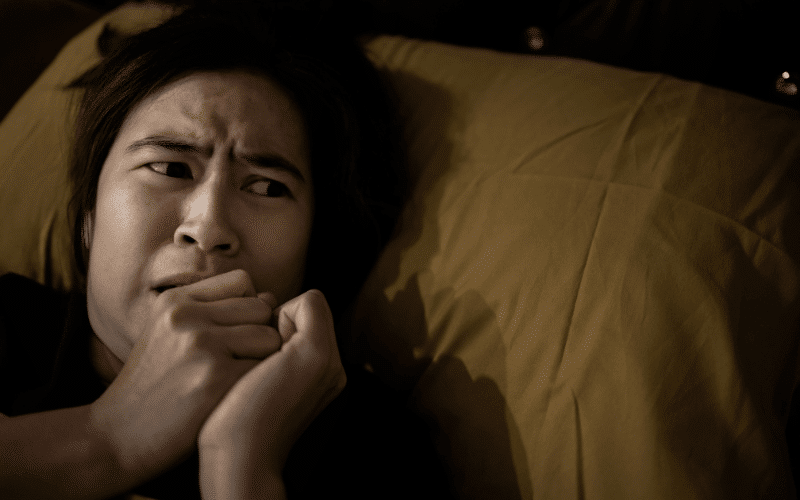Fact 3. DLB Symptomatology: Not Just Memory Loss

When one thinks of dementia, memory loss often comes to mind as the hallmark feature. However, DLB paints a different picture.
While memory impairment is present, it’s not always the most prominent symptom, especially in the early stages. The symptom complex of DLB is rich and varied, making it a unique entity in the dementia spectrum.
One characteristic symptom of DLB is cognitive fluctuation. Unlike the gradual cognitive decline seen in other forms of dementia, DLB patients exhibit significant variations in their cognitive function.
These fluctuations, which can range from periods of clear thinking to episodes of confusion or inattention, add an extra layer of complexity to DLB. Recognizing this feature can lead to an early and accurate diagnosis, a crucial factor influencing the patient’s prognosis.
Visual hallucinations, another core feature of DLB, are vivid and recurrent in nature. Often detailed and involving people or animals, these hallucinations can be a source of significant distress to the patient.
However, they also serve as a vital diagnostic clue, differentiating DLB from other dementias. The presence of recurrent visual hallucinations points strongly towards DLB, aiding clinicians in making an accurate diagnosis.
Parkinsonism, characterized by rigidity, tremors, and bradykinesia (slowness of movement), is another distinguishing feature of DLB. The motor symptoms, coupled with the cognitive and psychiatric features, present a challenging and diverse symptom complex, making DLB a unique entity in the world of dementia. (3)